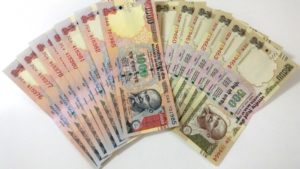-

How cashless insurance can save you the day money ends?
8th November 2016 was a historic day in the Indian economy with the Government banning the use of Rs.500 and…
-

Why a super top-up plan is the need of the hour?
How secure are you with your regular health insurance plan? Your regular health insurance policy may not be enough to…


